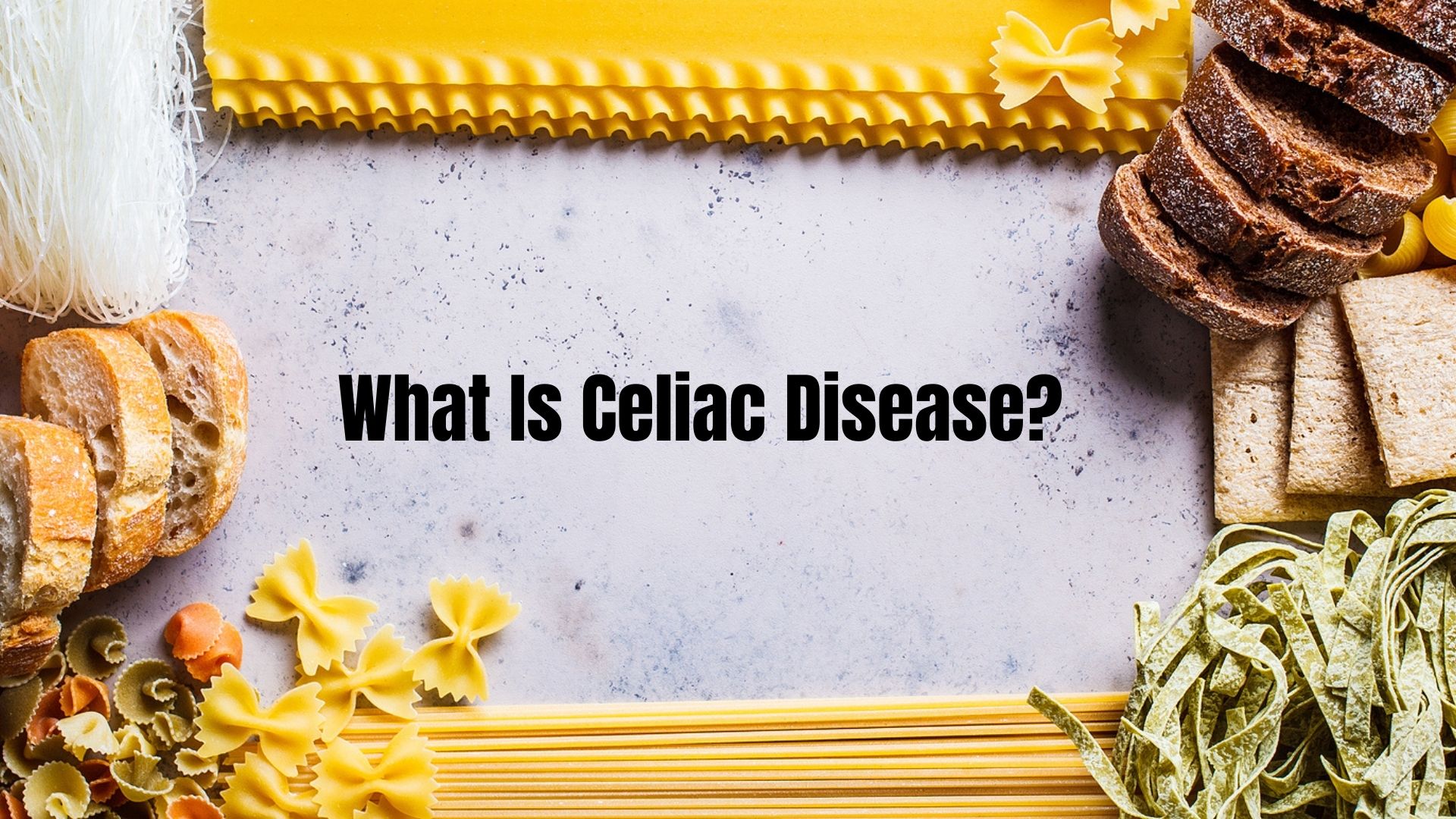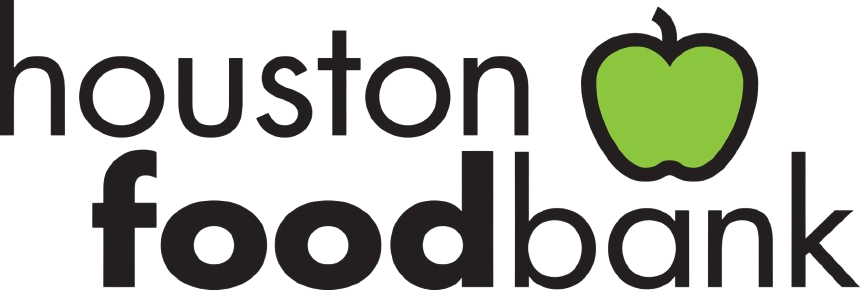
Celiac Disease or gluten intolerance often causes stomach bloating or pain after eating. Celiac disease is a condition that affects the digestive system and can cause a variety of symptoms, such as diarrhea, constipation, nausea, and vomiting. If you have celiac disease, gluten intolerance, or any other food allergies, it is important to be aware of the symptoms and risks associated with them.
What is Celiac Disease?
Celiac disease is an immunological disorder in which people are unable to consume gluten due to damage to their small intestine. When you have celiac disease and consume gluten-containing foods, your immune system reacts by causing damage to the small intestine. Gluten is a protein and a common protein found in grains such as wheat, rye, and barley. Vitamins and supplements, hair and skin products, toothpastes, and lip balm could all include it.
Gluten induces inflammation in the intestines in people who have celiac disease. The small intestine is gradually damaged by repeated exposure, which might result in issues absorbing minerals and nutrients from food. Celiac disease affects about one in every 100 individuals worldwide, and many people are unaware that they have it. Undiagnosed celiac disease could affect up to 2.5 million people in the United States. The only method to avoid the symptoms of celiac disease is to eliminate gluten from one’s diet. (Medical News Today)
Symptoms of Celiac Disease
Celiac disease symptoms can range from minor to severe. They can change over time and differ from one person to the next. Some people don’t exhibit symptoms at all or only do so later in life. A person with celiac disease may not realize they have it until they experience vitamin deficiencies or anemia. Children are more likely than adults to experience stomach problems. These signs and symptoms include stomach ache, bloating, gas, constipation or diarrhea for a long time, nausea, vomiting, and a foul-smelling pale stool or is greasy and floats.
Other non-digestive symptoms of celiac disease include weight loss, exhaustion, anxiety or depression, joint discomfort, dermatitis herpetiformis, a rash that causes tingling in the legs and feet nerve damage in the extremities, known as peripheral neuropathy, which can cause tingling in the legs and feet.
People with celiac disease may develop nutrient shortages when damage to the gut restricts the absorption of nutrients including B12, D, and K over time. A person may acquire iron deficiency anemia for the same cause. Celiac disease can cause damage to the large intestine as well as more subtle harm to other organs, in addition to starvation. (Medical News Today)
What to Eat and Avoid
Switching to a gluten-free diet dramatically improves symptoms for most people with celiac disease, and results can be seen in days or weeks. The small intestine normally recovers in 3–6 months in children. Adults may take several years to fully recover. The body can correctly absorb nutrients from food once the intestine has healed. In some parts of the world, where gluten-free choices are becoming more commonly available, following a gluten-free diet is easier than ever. The trick is to know which meals and ingested items, such as toothpaste, are gluten-free. A registered nutritionist can assist you.
Gluten is a protein found in wheat, rye, and barley. Gluten is found in most cereals, grains, and pasta, as well as many processed meals. It can also be found in beers and other grain-based alcoholic beverages. Gluten can be found in some surprising places, so it’s important to read labels.
Foods that are gluten-free include fruits and vegetables, as well as meat and fish, some grains, such as rice, amaranth, quinoa, and buckwheat rice flour, cereals such as corn, millet, sorghum, and teff gluten-free pasta, bread, baked goods, and other products labelled ‘gluten-free’. (Medical News Day)
So if you think you might have celiac disease or gluten intolerance, it’s important to get checked out by a doctor. The sooner you know for sure what’s going on, the sooner you can start getting treatment and feeling better. There are risks associated with both celiac disease and gluten intolerance, but with the right diagnosis and treatment, most people can manage their symptoms and live relatively normal lives.
Works Cited
“Celiac Disease | Gluten Intolerance.” MedlinePlus, U.S. National Library of Medicine, 17 Mar. 2022, medlineplus.gov/celiacdisease.html.
“Celiac Disease: Symptoms, Diagnosis, Diet, and Treatment.” Medical News Today, MediLexicon International, www.medicalnewstoday.com/articles/38085.
















